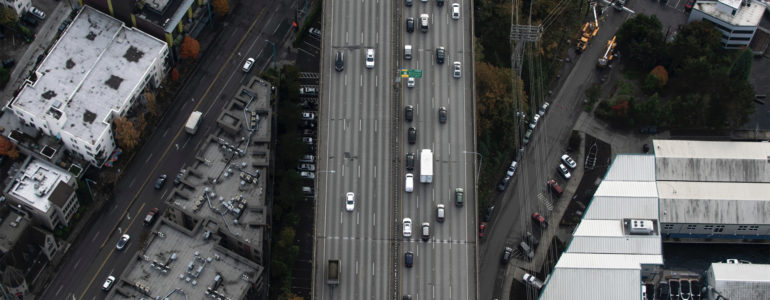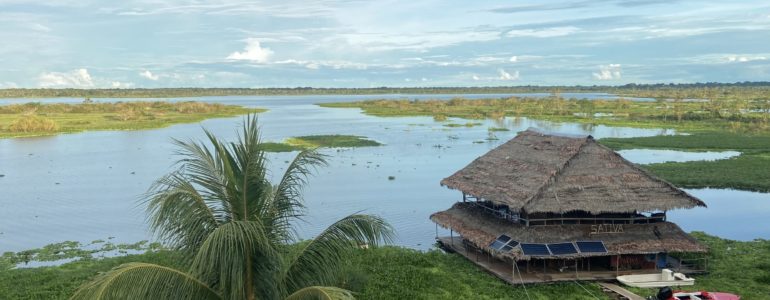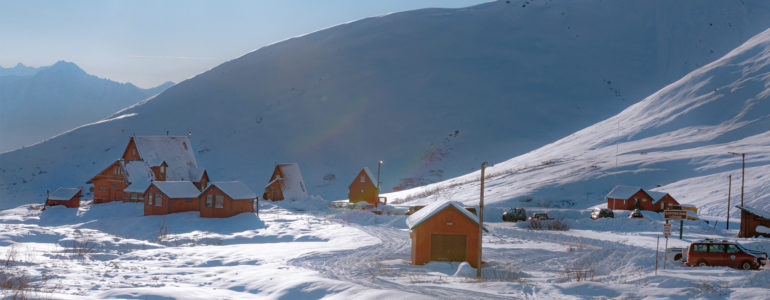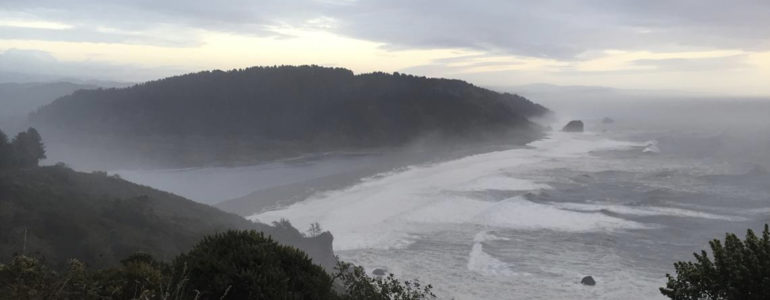Cohort 2 Projects
Does Vegetation Help Mitigate Roadway and Aircraft-Related Air Pollution in Seattle? A Community-Engaged Study Using Drones For 3D Air Quality Measurements
Recent UW research that has identified high concentrations of ultrafine particle air pollution in some Seattle/King County communities has created an urgent need to evaluate the potential efficacy of community-scale air pollution mitigations, including the role that vegetation (greenery such as trees and shrubs) may play in reducing air pollution. This transdisciplinary team of community stakeholders and UW investigators, which includes expertise from Environmental & Occupational Health Sciences, Civil and Environmental Engineering and Atmospheric Sciences is using drones to measure air quality and fill this important knowledge gap for our local communities.
Lessons from Urban Indigenous Immigrants: Integrated Social & Ecological Dynamics of Informal Communities
Increased resource extraction, changing climates and socio-political pressures are causing global ecological decline, forcing mass migration of indigenous peoples to urbanized areas all around the world. Many find themselves living in informal urban slum settlements and facing health issues alongside discrimination towards their indigenous identities. The struggle of urban assimilation often results in the fading of traditional practices and knowledge, and their associated health supporting human-nature connections. This project is studying and comparing an informal self-managed indigenous immigrant community still adopting traditional practices in Iquitos, Peru to a similar indigenous immigrant community nearby that developed with social and political pressures to colonially urbanize and leave traditional practices behind.
Polar Science at a Human Scale: Knowledge Co-production for Hazard Planning, Food Sovereignty, and Climate Adaptation in the Alaskan Arctic
Kivalina is a 500-person Iñupiaq community in Northwest Alaska, located 80 miles above the Arctic Circle on a barrier island along the Chukchi Sea. Over the last two decades the territory around Kivalina has undergone a dramatic decrease in sea-ice cover, decreased reliability of river ice, and shifts in the timing of freeze up and critical animal migrations. These changes have created new challenges including amplified coastal erosion during seasonal storms; increased frequency of hunter, fisher, and traveler distress calls and rescue incidents; and a reduction in access to culturally significant foods. This co-designed and co-managed project will bring together an interdisciplinary team of polar researchers from the University of Washington to work with Kivalina Volunteer Search and Rescue (KVL-SAR) and the City of Kivalina to support the organization’s goals and priorities while establishing a model of community-driven polar research for the coproduction of knowledge and action.
Píkyav on the Mid-Klamath River: Peeshkêesh Yáv Umúsaheesh ‘The River Will Look Good
This team addresses the challenge of convening Karuk-centric science and governance mechanisms to restore eco-cultural integrity to a crucial, yet degraded section of the mid-Klamath River. With an eye to the 2022 removal of four hydroelectric dams upstream, the Karuk Tribe considers this research both critical and timely. Klamath River communities face an urgent need to innovate governance so that it centers land-based communities’ livelihoods and understandings of environmental processes, politics and histories.



